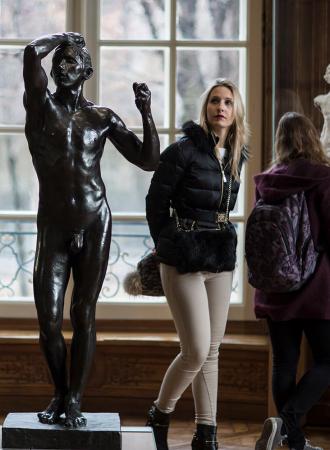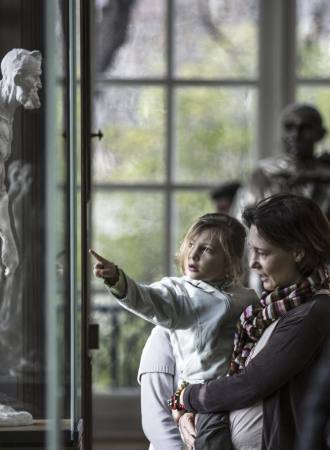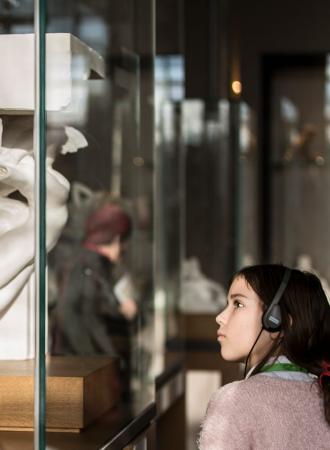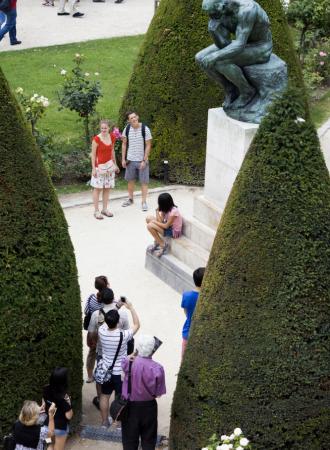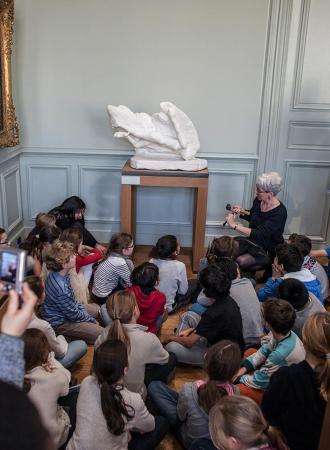Search the site
The Fallen Caryatid Carrying Her Stone (large model)
Auguste Rodin (1840-1917)
The caryatid, which originated in ancient Greece, is a sculpted female figure that serves as an architectural support and is depicted serenely upholding her burden. During his stay in Belgium from 1871 to 1877, Rodin sculpted caryatids of this kind to decorate a building in Brussels.
While working on his project for The Gates of Hell a few years later, he changed his approach and chose to depict this caryatid as a crushed, almost defeated figure. He modeled her powerful body in a crouching pose, bowed down by the weight of the rock. To appreciate and make sense of this compelling figure, it has to be viewed from all sides.
In symbolic terms, The Fallen Caryatid Carrying Her Stone represents the human being under the weight of destiny, but Rodin created a metaphor in which the figure symbolizes courage, as she has not completely abandoned her task.
The figure was initially discreetly placed in the top left corner of The Gates of Hell, but also became an independent sculpture and, once enlarged, a monumental one. The bronze now on display in the Sculpture Garden was cast in 1928, when the southern parterre (flower bed) was redesigned.
The Artwork in the museum
Sculpture garden
We cannot guarantee the presence of all our artworks; some may be out on loan.
Discover the themes related to the work
Date of conception :
1883; enlarged between 1911 and 1918
Dimensions :
H. 133,7 ; W. 103,5 ; D. 98,2 cm
Materials :
Bronze, sand-cast by Alexis Rudier, 1928
Inventory number :
S.01297
Credits :
© Agence photographique du musée Rodin - Pauline Hisbacq & Jérome Manoukian
Additional information
Iconographie
- The Fallen Caryatid Carrying Her Stone (large model)(zip, 802.6 ko)

